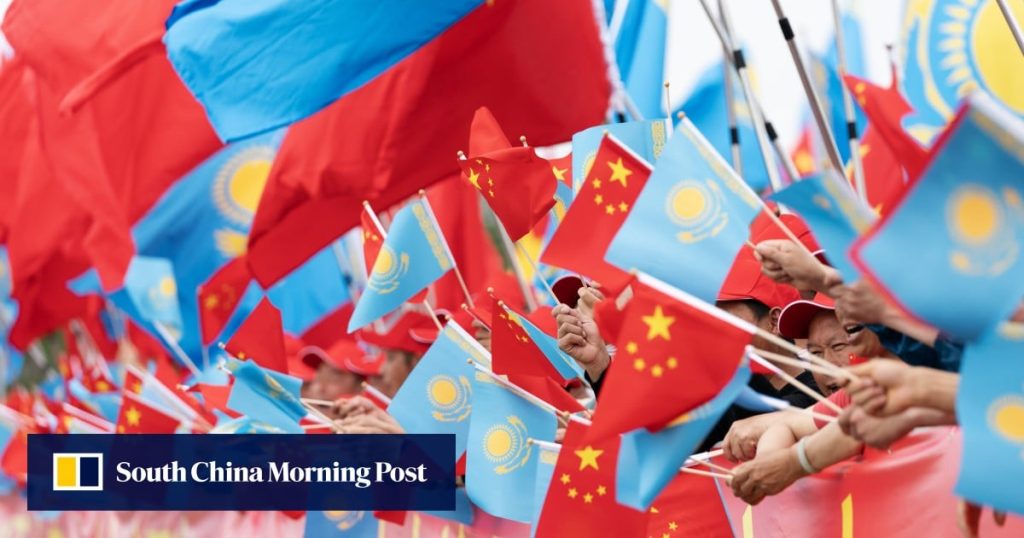Post Views: 3
Investments under China’s Belt and Road Initiative surged in the first half of the year – particularly for projects in Central Asia related to metals and mining – leading some analysts to conclude Beijing is seeking access to critical natural resources as a precaution against escalatory trade restrictions from the United States.
The 150 countries taking part in the global infrastructure initiative received a combined US$124 billion in investments and construction contracts from January to June, more than the US$122 billion reported for all of 2024, the US-based China-Global South Project research organisation said on its website Tuesday.
Crunching data compiled in July by the Griffith Asia Institute in Australia, the organisation noted an “unusually high concentration” of funding allocated to Central Asia, a region it said Chinese investors were “keen” on for mining projects, particularly those extracting aluminium and copper.
At the same time, it found, funding has diminished in Europe, East Asia and the Middle East.
Kazakhstan was the primary destination for Chinese capital, with US$23 billion invested there in the first six months of 2025. The largest project in the country in terms of investment size was a US$12 billion aluminium complex led by the Chinese conglomerate East Hope Group.
“China’s decision to commit such an enormous investment in Kazakhstan’s aluminium sector is the product of both internal economic pressures and shifting global trade dynamics,” the China-Global South Project said.
The 12-year-old Belt and Road Initiative has traditionally focused on the construction of airports, seaports, roads and power plants, mostly by Chinese companies, in countries with which Beijing trades. These projects are designed to remain in the host countries for local use.
Source link


